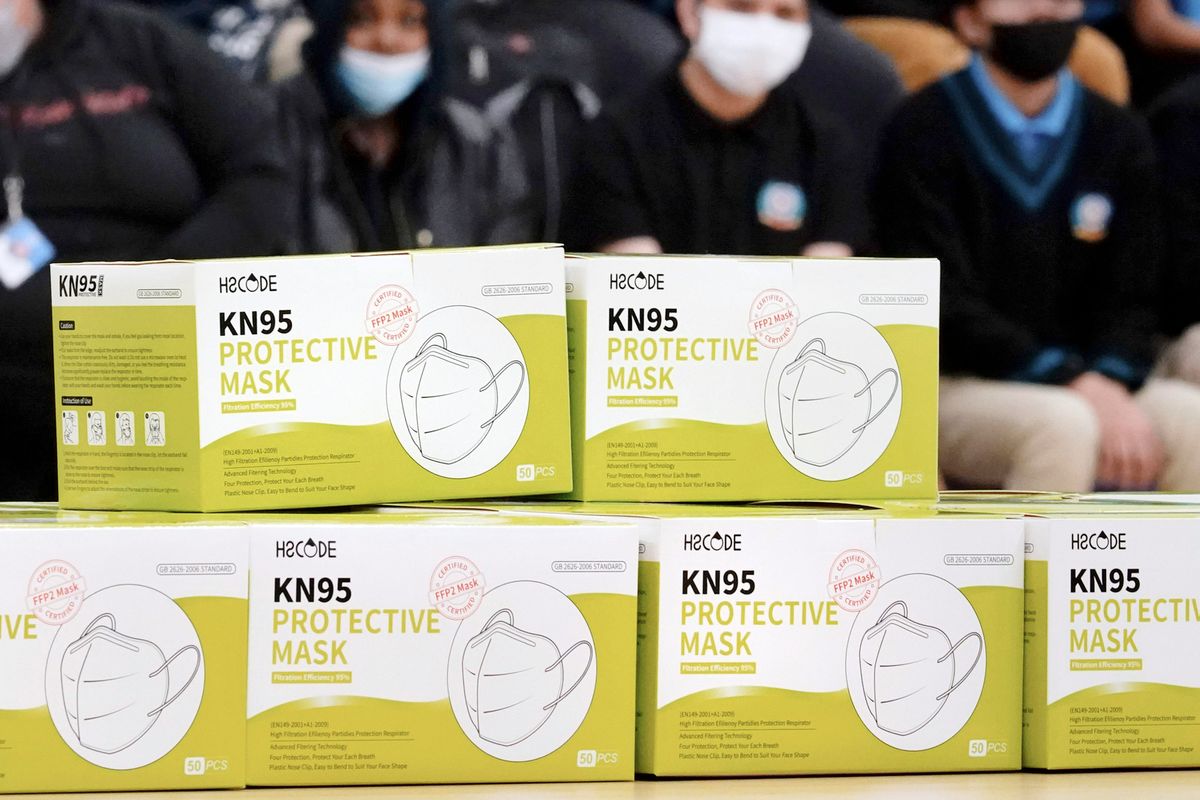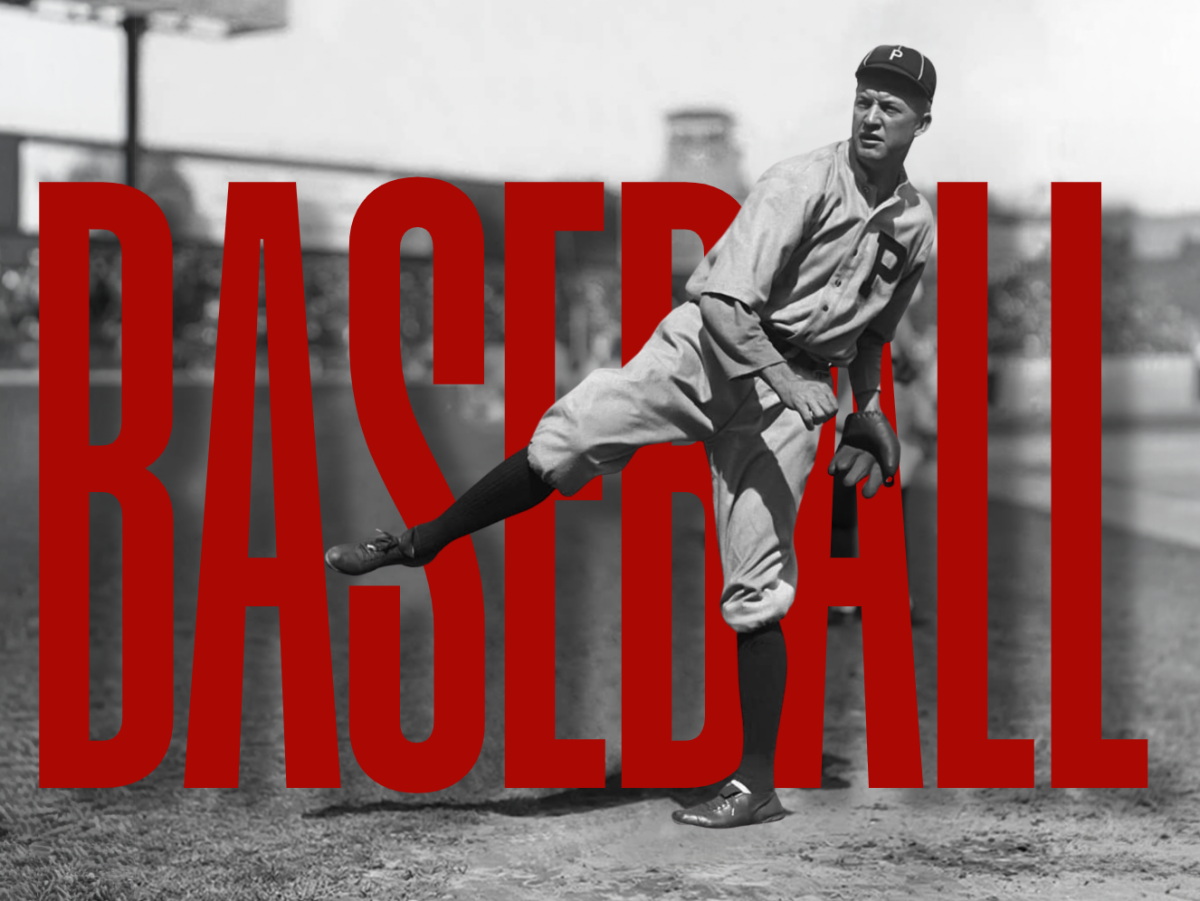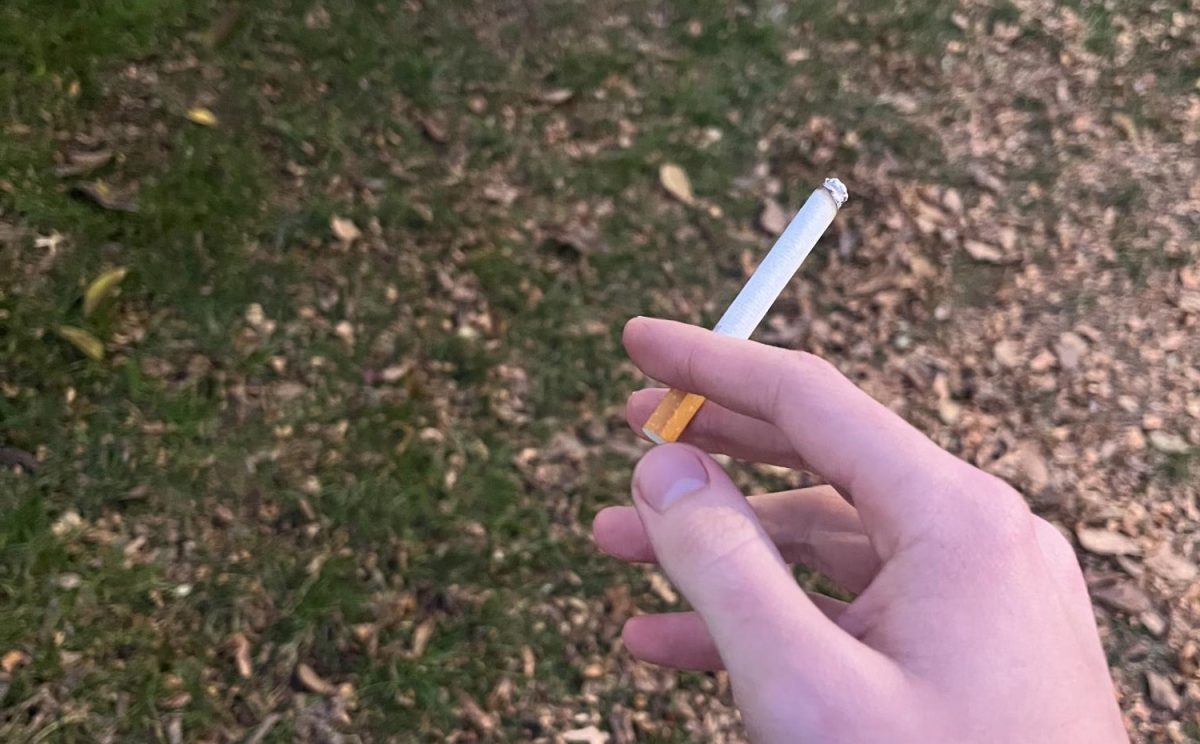We should still be masking whenever and wherever we can. Even if it feels like people have moved on from COVID-19, it is not a thing of the past.
On May 11, 2023, the federal government declared an end to the federal COVID-19 public health emergency. For many, this signaled an end to worrying about COVID-19. However, for others, concern over COVID-19 never ended. One step individuals conscious about COVID-19 can and should take is continuing to mask. At the onset of the pandemic, masking was a more contentious topic, but this conversation dwindled as mask mandates were lifted. The conversation about masking is still happening across the globe as pockets of the internet exist where people are conscious and concerned with ableism, racism, public health and community safety. This conversation needs to reach wider audiences, and there should be more significant concern about COVID-19 and how it affects us collectively.
Scripps News relayed reports from the CDC, which directly stated, “There was a 12.5% increase in deaths due to the virus in the first week of [2024] compared to the last week of 2023. Massachusetts, Missouri and New Jersey had the most dramatic increases in COVID-19-related deaths in the first week of 2024.” Many people have died because of COVID-19, and many people are still dying from it. I do not believe that as fewer lives are lost, there should be less emphasis on upholding the safety precautions that have proven effective. Death statistics are inanimate; they don’t tell a story. Behind every addition to the collective COVID-19 death toll is a life. It’s vital that we remember and treat these numbers as more than data points and react accordingly.
Imani Barbarin, known online as @crutches_and_spice on social media platforms, is a Black woman with cerebral palsy and an unwavering advocate for people with disabilities. In an interview with MetroFocus in 2022, she stated, “The pandemic is a mass disabling event, physically, mentally, and societally. What I mean is you cannot walk away from an illness as serious as COVID-19 and think you’ll be fine afterwards. That’s not how viruses work.” Imani is correct; one example of a disabling health factor of COVID-19 is “Long COVID.” According to the CDC, “Long COVID” can be identified at least four weeks after the infection, the symptoms are far-reaching, the effects can change over time and they can be experienced for months, weeks or years.
The CDC also states that anyone can contract “Long COVID” since there is a risk each time someone is infected with COVID-19. Unvaccinated people may have a higher risk of COVID-19, and it is more likely in extreme cases, but it is possible even when someone did not know they had the virus or did not test positive. USAfacts.org reports that the “Census Bureau estimated that 25.6% of US adults who have contracted COVID-19 had experienced long COVID at some point.” This information is worrying and admittedly overwhelming; 25.6% of the U.S. population includes a lot of people who have experience or are living with either new disabling conditions or disabling conditions that are stacked upon previous ones. However, information like this empowers us to protect ourselves and our communities as is needed for the severity of the issue.
So, what was learned from this CDC information about “Long COVID?” Getting vaccinated is a big part of this puzzle — it is essential, but masking is another necessary measure. As people, we are constantly in community with one another. We share space, and we are not simply responsible for ourselves or the people we care most about. We must cast our net of care, community and health consciousness wider. Many of us have thought that if we are not disabled or immunocompromised or if we do not know of anyone who is, we do not have to worry. But this is not true. There is no concrete barrier that keeps able-bodied people from stepping into disability.
Jessica Malaty Rivera is an infectious disease epidemiologist at the De Beaumont Foundation. In an interview held with PBS News on Jan. 6, 2023, she stated, “I think masks are a very important part of our Swiss cheese model of protection, right? It’s not one thing that’s going to completely eliminate risk. Risk is subjective and it is also additive, or prevention is additive.” The phrase “prevention is additive” is key. Masks are effective, they do work, and when I wear mine, I put it on to signal to others that I care about them and our health and safety. Disability rights activist Alice Wong is a supporter of masking, writing, “Masking does not need to be perfectly adhered to or universally enforced to be effective, a simple rule to remember is that more mask wearing = less virus in the air. And, less virus in the air = fewer chains of transmission.”
I write this not to moralize actions or shame people’s choices surrounding the pandemic, public health or safety. However, it is evident that the U.S. government does not have the interest of the most marginalized or the most vulnerable in mind. As I stated earlier, there is no concrete barrier that keeps us from becoming disabled. If you are thinking about masking, do it, and if you do not, I urge you to think about it.
If you need resources for where to find safe and authentic masks, Project N95 is a nonprofit organization that maintains a continuously updated and vetted list of protective and authentic masks with links to the third-party websites that provide them. Additionally, WellBefore is a site wherein you can directly purchase masks that are also protective and authentic, and the CDC has a web page that provides information for free high-quality masks.
Zoë Chapital, FCRH ’24, is an English major from Walnut Creek, Calif.






































































































































































































